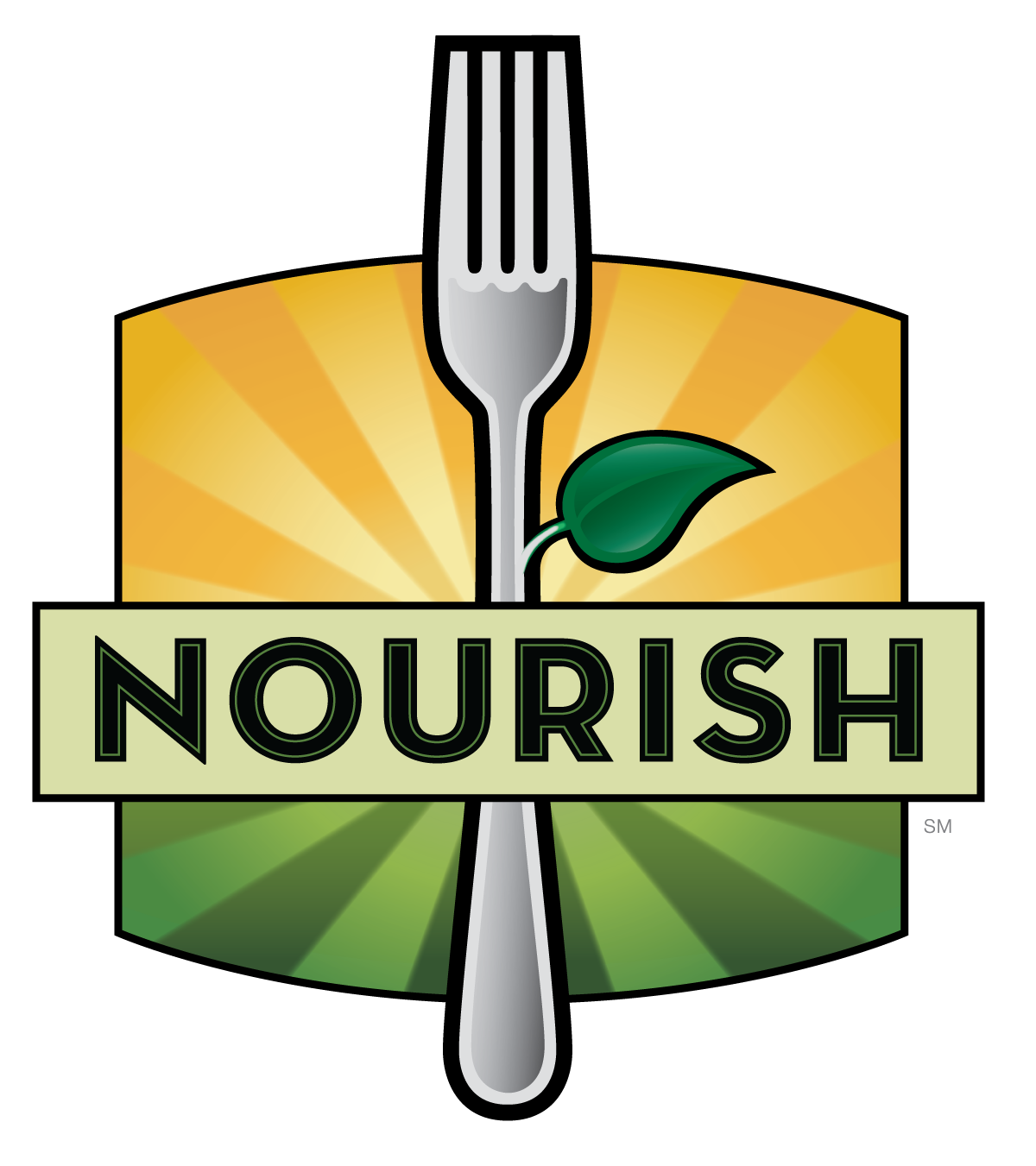In a world where fast food and processed snacks are readily available, the art of crafting nourishing meals at home has become something of a revolutionary act. Over recent years, dietary science has continually underscored the significance of nutrition in not only maintaining a healthy body but also promoting mental well-being. The axiom “you are what you eat” holds more weight now than ever before with an increasing number of studies illuminating the intricate relationship between diet and health.
Today’s culinary adventurers are not just food-savvy, but nutrition-conscious. With a heightened awareness around the quality of the ingredients we nourish our bodies with, home kitchens have transformed into laboratories for wellness and taste.
The joys of cooking at home lie not just in the act of creation, but also in the sense of ownership over one’s health and nutrition. To forge this path, we start with the heart of any meal: balance. A well-rounded dish isn’t merely a treat for the taste buds; it is a mosaic of proteins, carbohydrates, fats, vitamins, and minerals that work in harmony to fuel the body.
Here are thoughtful, nutrient-packed recipes that challenge the myth that healthy food can’t be delicious and indulgent:
Quinoa Rainbow Salad
- Ingredients: Cooked quinoa, red bell peppers, cherry tomatoes, corn, black beans, red onion, cilantro, lime, olive oil, cumin, chili powder, salt, pepper.
- Method: Toss all ingredients in a zesty lime dressing for a burst of color and nutrition.
Miso Glazed Sweet Potatoes
- Ingredients: Sweet potatoes, miso paste, honey, sesame oil, scallions, black sesame seeds.
- Method: Oven-roast sweet potatoes glazed with a savory-sweet miso mixture; garnish with scallions and sesame seeds for crunch and flavor.
Turmeric Ginger Fish Wrap
- Ingredients: White fish fillets, turmeric, ginger, garlic, whole-grain wraps, spinach, Greek yogurt, cucumber.
- Method: Marinate the fish in turmeric and ginger, grill, and then wrap it up with yogurt-dressed spinach and crisp cucumber.
Through the exploration of these recipes, it’s clear that cooking techniques also play a pivotal role in nutrition. Steaming, grilling, and roasting can bring about the best in foods without unnecessary fats. Moreover, the use of herbs and spices not only heightens taste but also contributes to long-term health, thanks to their anti-inflammatory and antioxidant properties.
As we step back from the kitchen counter and ponder our foray into the world of nutrient-dense cuisine, the takeaway is clear: long-term health is built on the foundation of everyday choices. Opting for meals rich in diverse nutrients is a form of self-respect and a commitment to vitality. The imaginative cook who experiments with color, texture, and taste discovers that healthy eating does not confine—it frees. The benefits of a mindful approach to diet extend far beyond the immediate pleasure of a good meal; they ripple outward, enhancing quality of life in ways seen and unseen.
In mastering the balance of nutrition and flavor, we become artists of our own well-being, painting our health story with each vibrant forkful. The art of wholesome eating is not a fleeting trend but a sustainable, enjoyable journey—one that begins with a single step and a willingness to experiment in the grand kitchen of life.
